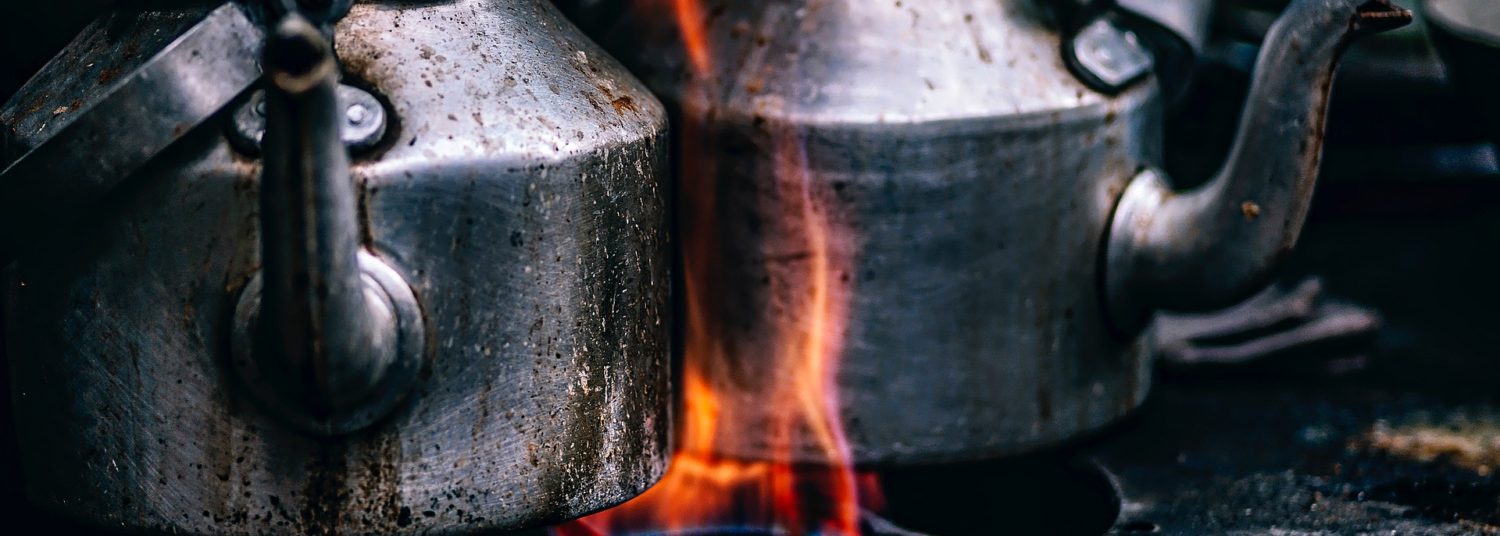Podcast: Play in new window | Download
Subscribe: RSS

There is nothing more satisfying than a crisp apple with its sweetness apparent on the first bite. So where do apples come from? Today we have Tate Mathison on to talk all about the family fruit business, Stemilt Growers.
Tate has a tremendous passion for the family business. He grew up on the farm taking on a number of roles. His current role is director of sales.
Life On The Homestead
Tate and his family know a thing or two about fruit. In 1893 the first generation of Mathison fruit farmers began a homestead on Stemilt hill near Wenatchee, Washington. Thomas Mathison got to work trying to make a living for the family. As long as the family was actively farming the land, they would be able to keep the deed to the property.
Any farmer will be happy to tell you that the success and failure of their operation depends largely on available water. Without water, nothing will grow. Thomas got to work digging irrigation ditches that eventually brought water to his land. This paved a way for the family to have consistent water, which is a much needed resource for a fruit orchard. In 1914 Thomas planted the family’s first 10 acres of apples, pears and cherries.
In 1926, Chris Mathison took over the family farm from his father Thomas. He quickly got to work expanding the farm and planting new trees.
Stemilt entered its most transformative phase in 1947. Chris had a son Tom who returned from serving in World War II and got back to work on the family farm. Chris died shortly after that in a tragic farming accident. Running the farm fell into Tom’s hands.
Tom married Lorraine Goldy in 1950. Tate shared an amazing story during our interview about when Tom, Lorraine, and the family farm, hit a crossroad.
The Ultimatum

In 1958 Tom was able to harvest a 100-ton cherry crop. However, he only made $88 on the entire crop. His failure to provide for the family led to an honest ultimatum from Lorraine. “Tommy, you figure out what is wrong and fix it, or go get a job to support this family.” Tom decided that he would do whatever it took to fix the problem.
In 1959 Tom decided to be more hands on with the distribution of his crop. He followed his cherries from stop to stop all the way to the east coast. By the end of the journey Tom noticed that his cherries were in sad shape.
Tom knew things needed to change. He learned new practices for packaging and shipping his fruit. A few years later he made the same trip with his cherries across the country. When he hit the east coast he was able to sell a 20 lb. box for $40. Finally Tom had something he could build a business around.
Stemilt Growers was born. Tom continued to examine his farming practices and continued to improve. He deeply enjoyed getting out there and talking with consumers. He loved getting their direct feedback on what they liked and disliked about the fruit. That led to continual improvements over the coming years.
Where Do Apples Come From

So where do apples come from? Have you ever wondered what goes into those flashy new varieties on the store shelves? Tate was able to speak about the process for developing and growing new varieties of apples. Over the years Stemilt has developed Rave, Piñata, and Tate’s personal favorite, Sweetango apples. This is a labor of love that takes several years to complete.
How many years you ask? It takes 15 years, 15! I know that I will never view apples in the store the same again. So much time, attention, and care went into the development of each one. Make sure you listen to the full interview to get a complete breakdown of the full process. If you want to learn more about Stemilt, and where you can find their fruit, check out their website here. They also have a great blog you can find and follow here.
Did You Like Learning About Where Do Apples Come From? Subscribe!
This is just one example of the type of show I put together each week. If you liked learning about food history, make sure you subscribe today!
You can use these links to subscribe to the show!
Don’t see the podcast in your pod catcher? Email me at toastykettle@gmail.com. I will add it. Furthermore, leave a note in the comments or send a message to toastykettle@gmail.com.
Follow Me On Social Media
Learn more fun facts about food history by following me on social media.
Know A Restaurant or Business I Should Interview??
The world is a very big place. However, if you have a restaurant contributing to food history in some way, I want to know about it. Finally, complete the form here and we will make it happen!
